The 6 best colors to paint a fence to make a yard look bigger
Freshen up fences with paint tones that visually open up your outdoor space
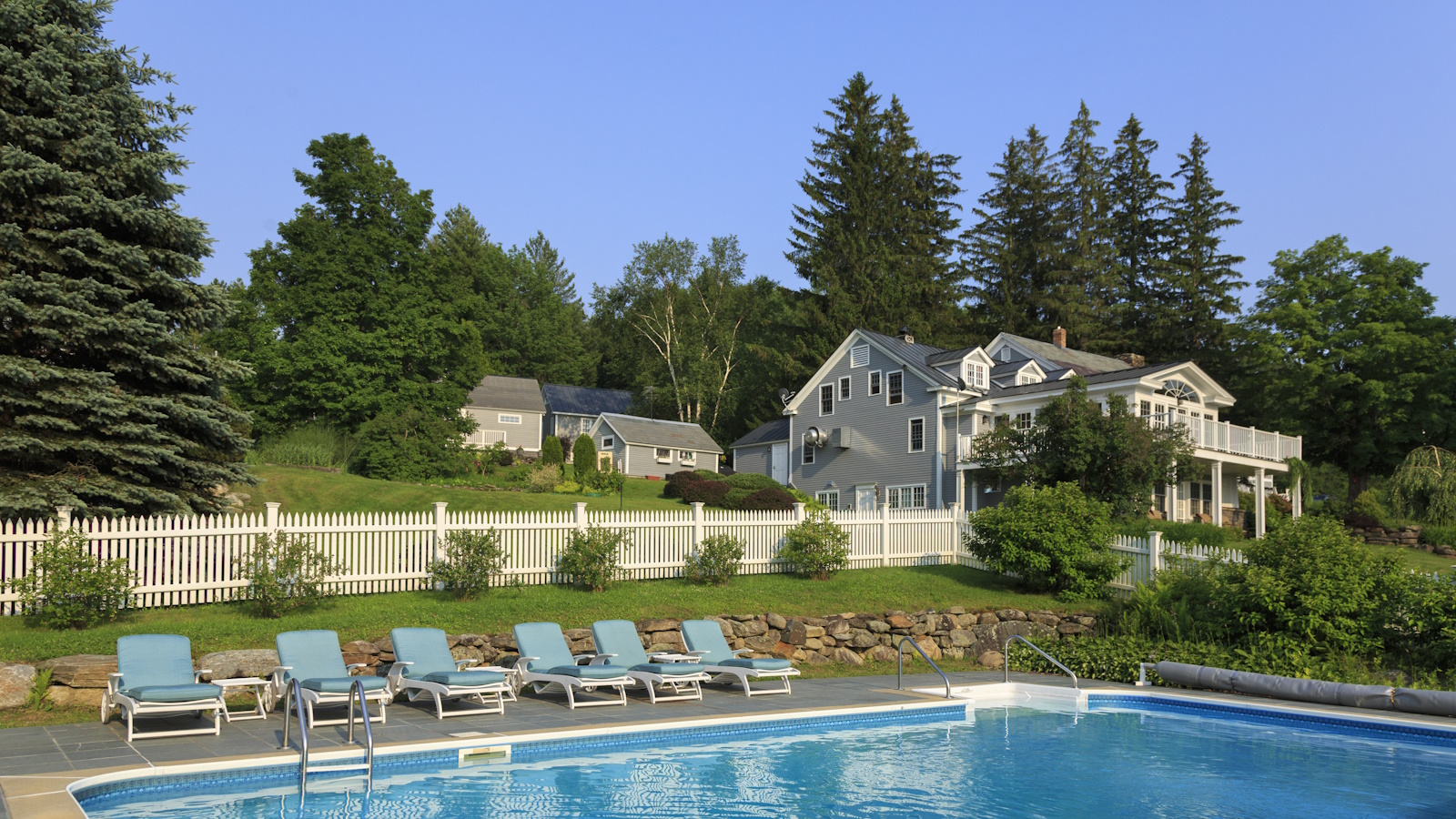

There are lots of garden design tricks that can make a compact outdoor space feel larger, not least the fence color you choose. When painting a fence, you generally have two options: make it blend in with an inconspicuous tone, or select a light and bright color that enhances the sense of space.
There are various fence decorating ideas out there to suit your garden scheme and personal taste, but if you have a small garden, it's worth choosing the right color. This maximizes the space you have, increasing curb appeal and encouraging you to enjoy the great outdoors, whether tending to plants or enjoying a morning coffee in the fresh air.
When freshening up fences out in the front garden, it's also a good idea to consider whether your paint will complement the paint colors for the exterior of your house and your front door color ideas, for a cohesive appearance. Below, we have rounded up the best colors to paint a fence to make a yard look bigger, with tips from garden designers.
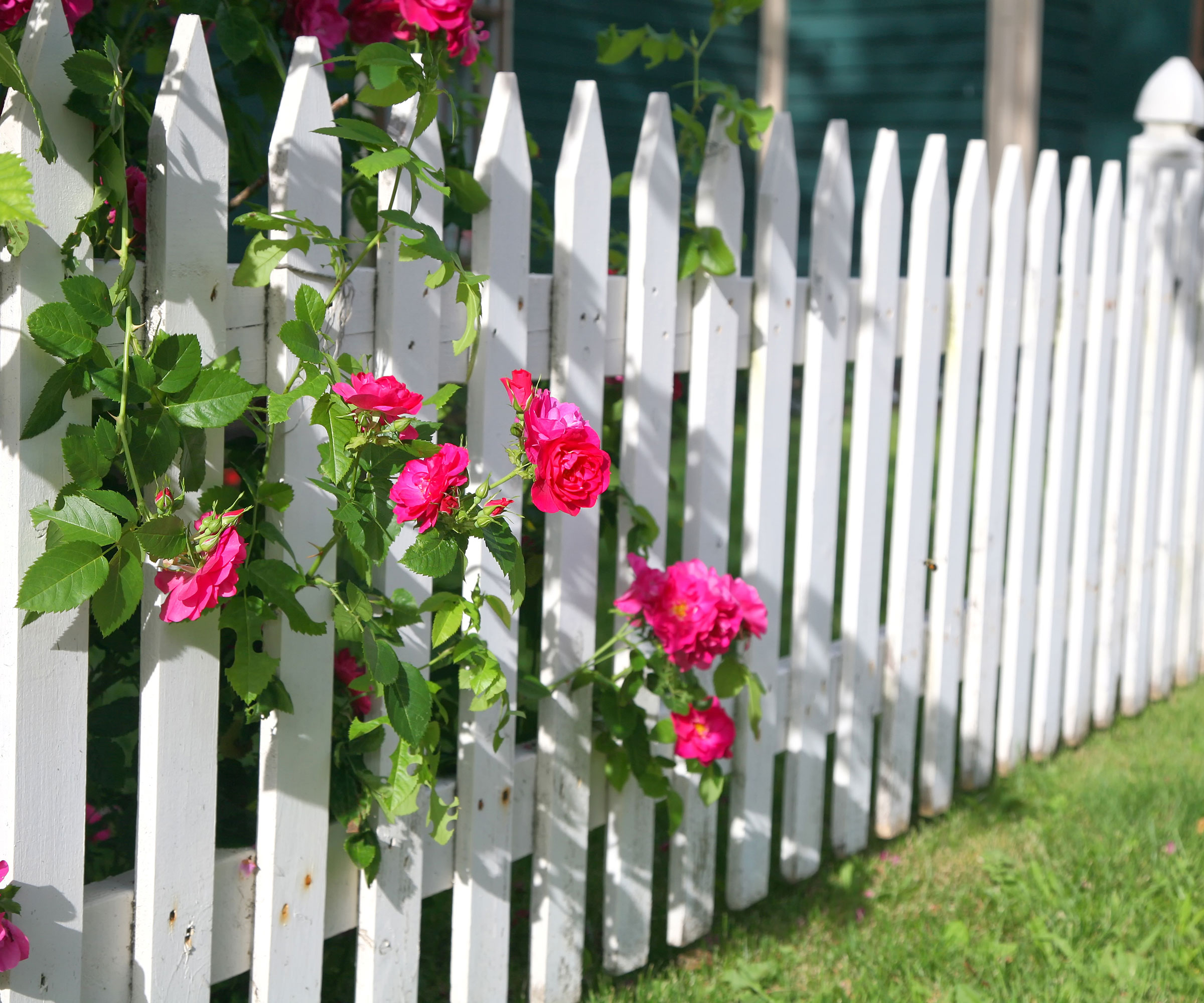
Best colors to paint a fence to make a yard look bigger
'Choosing the right color for your fence can dramatically affect your garden's perceived dimensions and overall ambiance,' comments Bob Berriz from Berriz Design Build Group. 'For making a space look bigger, I generally recommend lighter colors.'
1. White

The first, failsafe option the experts recommend is white, which generally lends a classic, elegant feel to your garden. By reflecting more light than other, more mid-tone colors, a white garden fence with a full gloss finish can also create the impression of more space, especially when compared to black or brown.
A light and bright fence can act as a blank canvas, helping to show off your colorful planting, too. 'In one of our projects, we painted the fences in an off-white tone, which not only made the garden look more expansive but also provided a bright backdrop that made the landscape's colors stand out,' explains Bob Berriz.

The exterior division of Berriz Design Build specializes in upscale hardscape, landscape, swimming pools, pool houses and cabanas. In his three decades of creating high-end outdoor resorts and landscapes with Berriz Design Build, Bob Berriz has had ample opportunity to experiment with garden fence colors in a variety of settings.
2. Cream
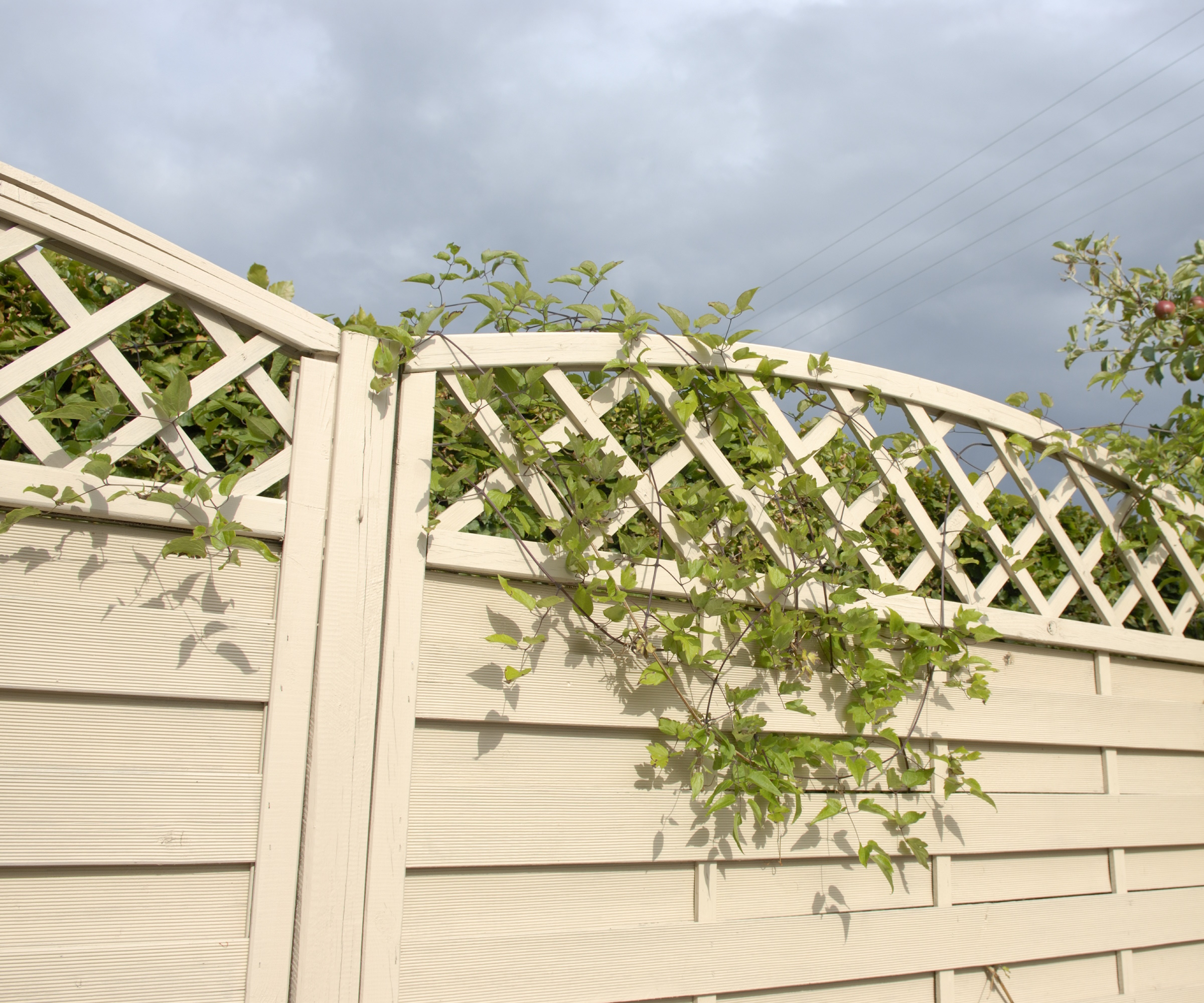
An alternative to brilliant white is cream, beige or taupe, which are warmer in tone and can create a more natural, lived-in look. Painting fences in a cream shade can be a more timeless option.
Pale taupe-toned creams such as Little Greene's China Clay work well in outside spaces. You could also choose an exterior eggshell finish for a slightly lower sheen.
Neutral tones are a favorite in Mediterranean-themed gardens, serving as a subtle background that allows other elements, such as water features, planting or garden sculptures to stand out. The lack of visual distraction can make the garden appear larger, keeping the focus on other garden features and making it feel more expansive.
3. Pale blue and lavender
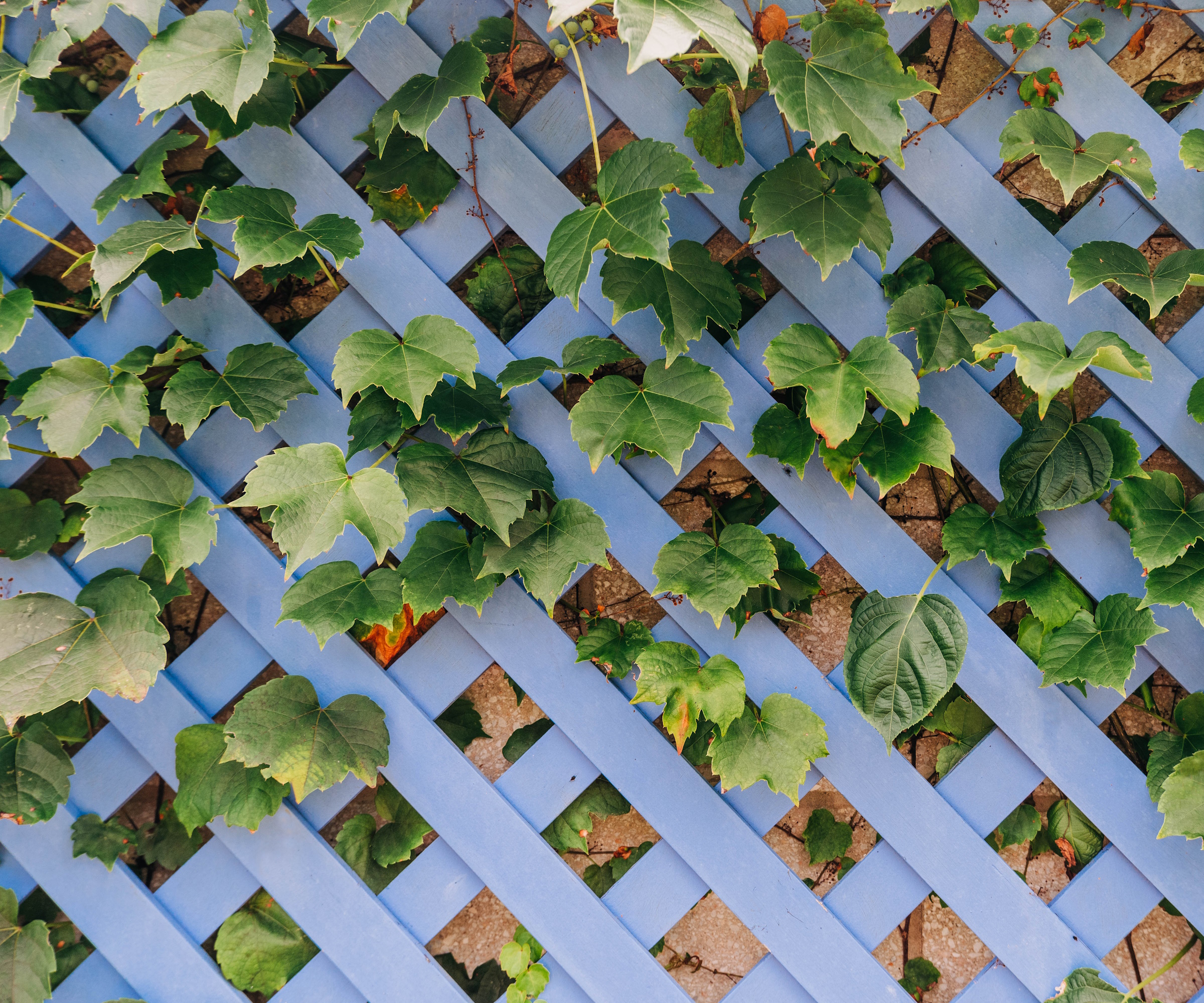
Pale blue is another great option for painted fences, as it's inspired by nature and evokes vast, open spaces. As well as making your garden feel open and airy, it's also very soothing.
'In my own projects, I've seen how a pale blue or a gentle lavender not only enlarges the perception of garden boundaries but also adds a tranquil vibe to the environment,' says Gavin Warwick from Boise Landscaping Company.
'Pale blues merge seamlessly with the natural surroundings and open up the area visually,' adds Steve Sylva, a landscape designer from Steve's Services. It also brings some gentle, uplifting color to you backyard ideas in the fall and winter months, when our gardens are naturally less vibrant.

Borrowed Light is a pale and illuminating blue that looks great when contrasted with Stiffkey Blue on a front door or shed. Evoking the color of summer skies, Borrowed Light is a soft and classic blue named after the delicate light that cascades through small windows and fanlights.
4. Soft green
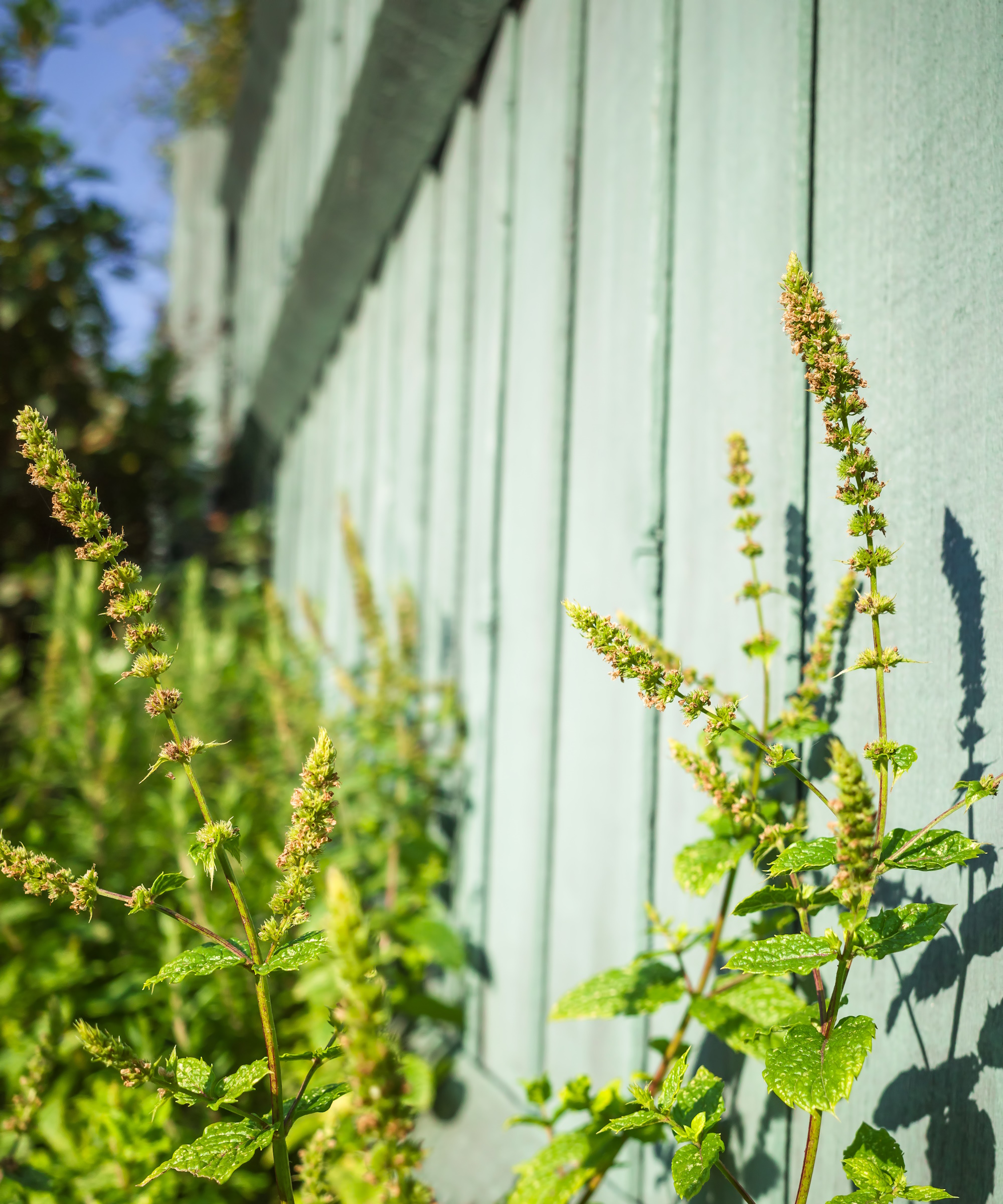
Soft green fences create a visual continuity in your garden, especially if your garden contains plenty of green border plants. Adding more green not only visually extends the landscape but makes garden boundaries look less conspicuous, creating a feeling of expansiveness.
'I saw a client's small urban garden transform quite significantly visually when we switched from a dark stain to a light sage green,' says Gavin Warwick. 'A paler green enhanced both the sense of space and the visibility of her vibrant flower beds.'
You could opt for a soft green, such as Palm, by Farrow & Ball, in an exterior eggshell finish, and use the same color on your garden gate so it's one large swathe of the same tone.

This pale and fresh green was created by Farrow & Ball as a background color to some of the brand's prettiest botanical wallpapers. It has a calming feel, meaning it is well suited to use in outdoor spaces, paired with bright white or darker greens, such as Green Smoke.
5. Leave it natural
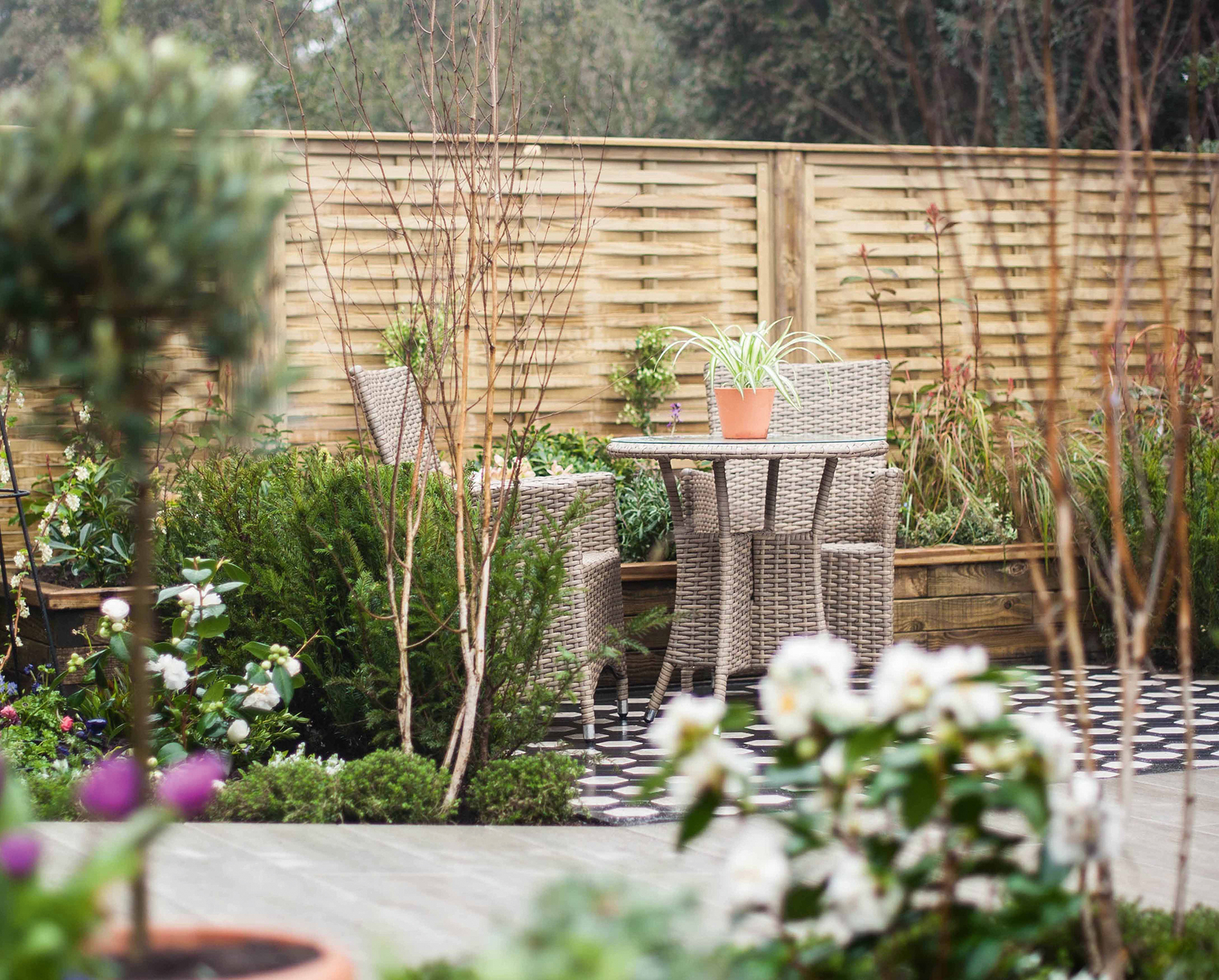
The color you go for also depends on the aesthetic you wish to create – if you want a more rustic impression, you may be better off leaving wooden fences unpainted. For instance, a ranch-style post and rail fence, or a horizontal louvered fence will look beautiful when left in their natural wood tones. Protect the wood from the elements with a coat of sealant, available at Amazon.
'There are scenarios where painting might not be the best choice. If your garden theme is rustic or aims to emulate a natural habitat, preserving the natural wood finish can enhance this vibe,' says Gavin Warwick. 'The natural graining and aging of wood lend an authentic, earthy feel, which harmonizes perfectly with wildflower gardens or woodland settings.'
As Bob Berriz points out, leaving your fence unpainted resonates well in environmentally-themed designs, reducing maintenance and allowing the material to age naturally into a graceful patina that complements green spaces.
6. Gray
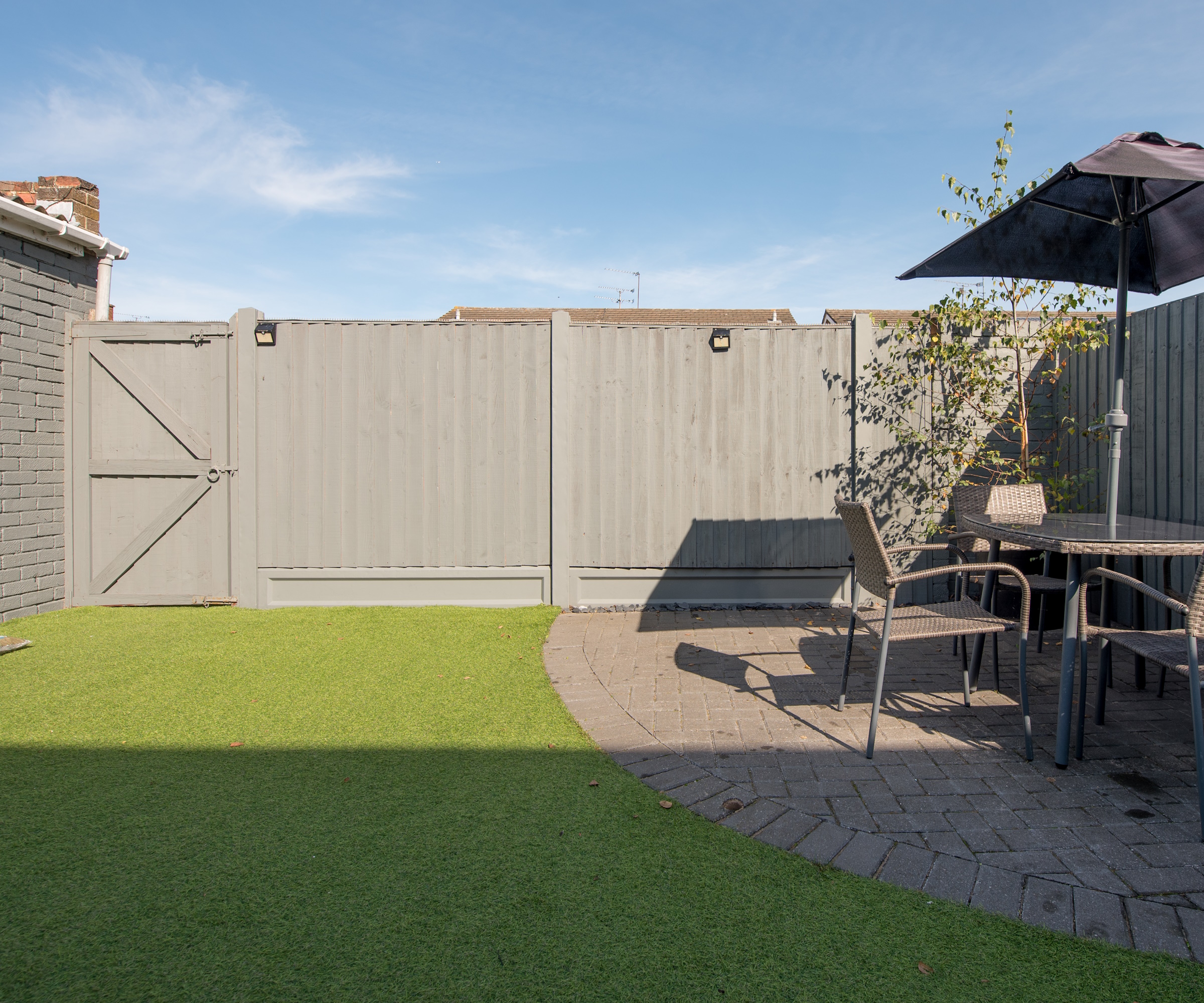
If you'd like to give your outdoor space a more contemporary feel, gray gives a sophisticated look while offering the benefits of a light-colored fence to make the space appear larger.
'In one of our recent projects in Everett, MA, we used a light gray paint for the garden fences, which not only complemented the modern hardscaping elements but also made the vibrant colors of the flower beds stand out beautifully,' says landscape designer Steve Sylva. 'It offered a contemporary twist to the garden without overwhelming the natural aesthetics.'
FAQs
What fence colors can make a backyard feel smaller?
Fences that have high-contrast colors, busy patterns, and intricate designs can overwhelm the visual space and make the garden feel smaller, as they break up the continuity of the garden space.
Should I paint my fence dark or light?
'Light colors work well in soft, romantic, or cottage gardens where you might have a lot of pastel flowers,' says Gavin Warwick from Boise Landscaping Company. 'In contrast, dark colors are best for modern garden designs or places where you have vibrant, contrasting colors in your flora. Dark fences make a great backdrop that makes greens and bright colors stand out.'
If you’re lucky enough to get sun in the garden through all points of the day, a soft pink may be another color option to consider. The soft hues of sunrise and sunset can give backyards with pink fences a much larger feel to them.
Sign up to the Homes & Gardens newsletter
Design expertise in your inbox – from inspiring decorating ideas and beautiful celebrity homes to practical gardening advice and shopping round-ups.

Millie Hurst is a freelance lifestyle writer with over six years of experience in digital journalism. Having previously worked as Solved Section Editor at Homes & Gardens and Senior SEO Editor at News UK in London and New York, Millie has written for an array of homes brands including Livingetc and Real Homes and was formerly Senior Content Editor at Ideal Home. She has written and edited countless features on home organization, decluttering and interior design and always hopes to inspire readers with new ways to enjoy their homes. She loves to weave nature-inspired decor and nods to time spent in Italy into her own home.
-
 Kris Jenner's favorite air fryer, the Ninja Crispi, is the perfect small kitchen solution – it deserves a place on the most compact of countertops
Kris Jenner's favorite air fryer, the Ninja Crispi, is the perfect small kitchen solution – it deserves a place on the most compact of countertopsKris approves of this compact yet powerful air fryer, and so do our own kitchen appliance experts, praising it for its multifunctionality
By Hannah Ziegler Published
-
 Ina Garten's storage pantry is an insightful window into all of the best cookware used by the chef – and it's easy to recreate on your kitchen shelves from $48
Ina Garten's storage pantry is an insightful window into all of the best cookware used by the chef – and it's easy to recreate on your kitchen shelves from $48The beautiful dishware in The Barefoot Contessa's Hamptons pantry showcases the tools she uses most often to cook – this is exactly how you replicate it
By Sophie Edwards Published